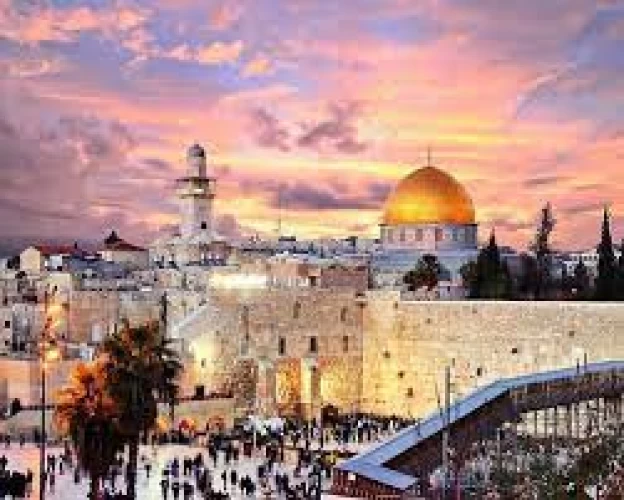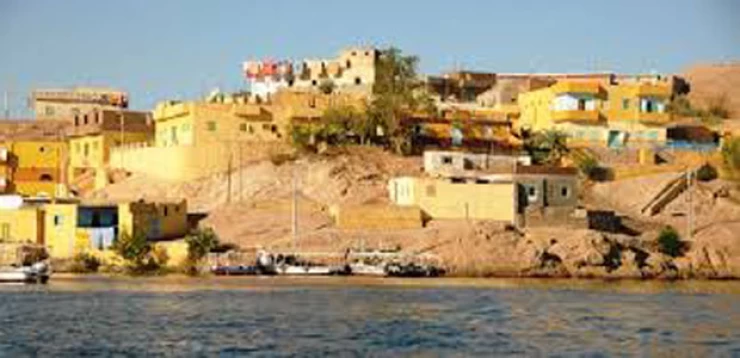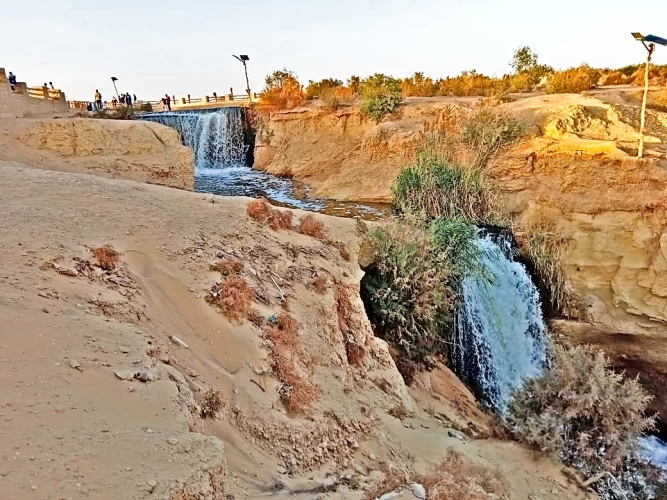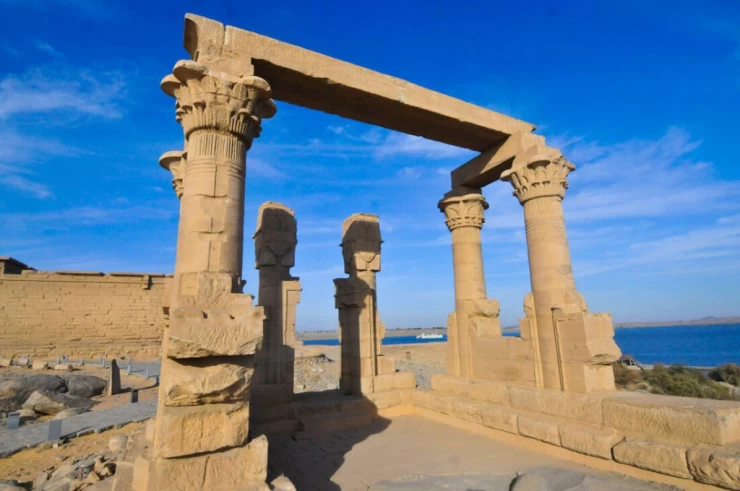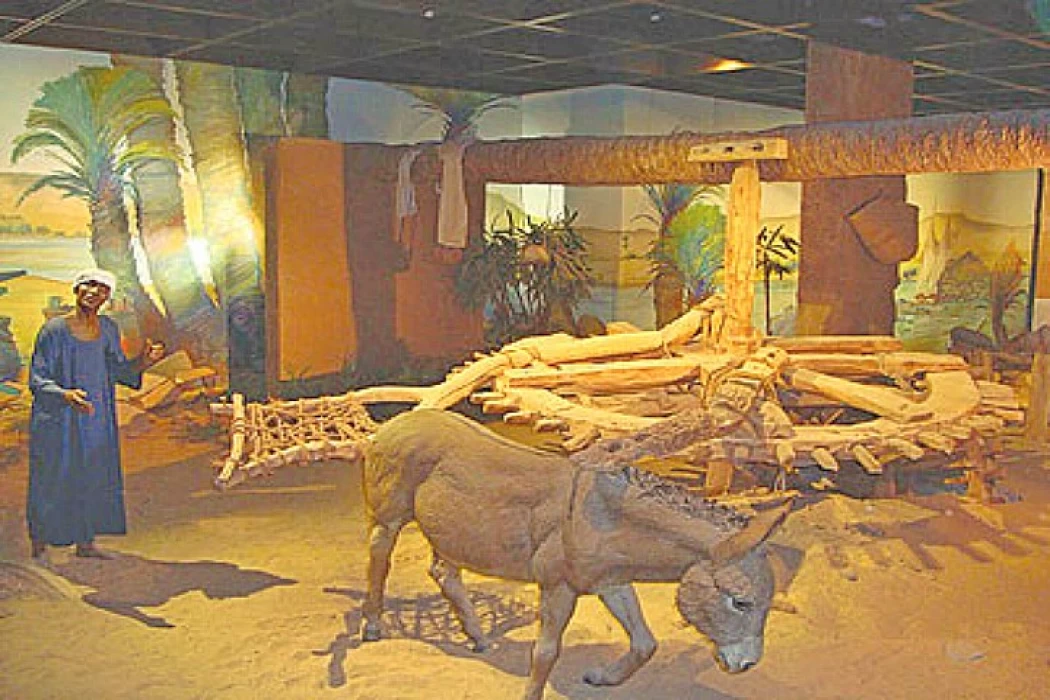
古代努比亚 | 努比亚王国历史
努比亚(阿拉伯语努巴)非洲东北部的一个地区,位于埃及和苏丹之间,纵向横穿尼罗河,北部以阿斯旺河锁为界,东部以红海为界,南部以青尼罗河和白尼罗河的汇合处为界,西部以利比亚沙漠为界。 只有在尼罗河附近,被六道锁打断,是一条被铁路穿过的可耕地;这里是主要的中心:柏柏尔,通往红海的商队中心,在阿特巴拉的汇合处; 位于埃及和苏丹边境的瓦迪哈尔法旧中心在阿斯旺大坝建设后被淹没。
在历史时期开始时(公元前3500年),当埃及文明获得越来越多的独立特征时,努比亚继续出现延迟的亚新石器时代(所谓的"A组和B组"文化),在旧王国结束时(公元前2250年)发展成为一个自主和丰富的陶瓷生产(所谓的"C组"文化,将形成埃及中王国和新王国文化所有重叠的初始背景)。
旧王国只对开发努比亚土地上的金矿感兴趣;在中王国,为了保护该国南部边界和贸易路线而进行的军事探险导致沿河建造了一系列埃及堡垒,直到第二大瀑布以南的Semnakh,没有与土着居民合并或扩张的过程。 在新王国下,在图特摩斯 I(1504-1492BCE)下
Nubia (Arabic Nuba) A region of northeastern Africa, located between Egypt and Sudan, crossed longitudinally by the Nile, bounded on the north by the Aswan Locks, on the east by the Red Sea, on the south by the confluence of the Blue Nile and the White Nile, and on the west by the Libyan Desert. Only in the immediate vicinity of the Nile, interrupted by six locks, is a strip of arable land crossed by railroads; here are the principal centers: the Berber, the center of caravans to the Red Sea, at the confluence of the Atbara; the old center of Wadi Halfa, on the border of Egypt and Sudan, was inundated after the construction of the Aswan Dam.
At the beginning of the historical epoch (3500 B.C.), while Egyptian civilization was acquiring more and more independent features, a delayed sub-Neolithic (the so-called "Group A and B" cultures) continued in Nubia, which at the end of the Old Kingdom (2250 B.C.) developed into an autonomous and rich ceramic production (the so-called "Group C" culture, which would form the initial background of all overlaps of Egyptian Middle Kingdom and New Kingdom culture).
The Old Kingdom was interested only in exploiting the gold mines of the Nubian land; in the Middle Kingdom, military expeditions undertaken to protect the country's southern borders and trade routes led to the construction of a series of Egyptian fortresses along the river as far as Semnakh, south of the second cataract, without a process of amalgamation with the indigenous population or forms of expansion. Under the New Kingdom, under Thutmose I (1504-1492 BCE) in the
Nubian culture does not reflect the connotations and beliefs of its people. Tattoos are considered cultural symbols of Nubia for both men and women, as are murals, beadwork, and palm-frond and wickerwork, which attract tourists, especially foreigners.
The decorative elements, according to the State Information Service, carry specific connotations. The sword symbolizes heroism and courage, while the crescent and star symbolize optimism. The crow and owl are also symbols of bad luck and destruction.
It is called the Land of Gold. The name Nubia is derived from the word (Nub), which means gold in ancient Egyptian. It was also famous for the gold mines that were called Nubaria. In the dictionary, we find that the word Nub means: a generation of people living in a country named after them and located in the southern part of Egypt.
In another sense, the name is attributed to Nabata, the son of the Prophet Ishmael, peace be upon him, and since their rule of the Nile Valley and Africa, they mixed with the local tribes. Over time, many of the African tribes that were under the rule of the Nabataeans took the same title. It is now noticeable that there are dozens of tribes of different races under the same title, with different tongues, and the same title remained, which is the Nubians (Nuba).
It is a Nilo-Saharan language of the Eastern Sudanic branch in southern Egypt and northern Sudan. Most of its speakers lived in the Nile Valley, in what became Lake Nasser after the construction of the High Dam south of Aswan. Its speakers number approximately one million.
Between the eighth and fifteenth centuries AD, Nubians wrote their language in the Coptic alphabet with a few additional letters. However, today, they rarely write it, and those who write Nubian use Arabic or Latin script.







